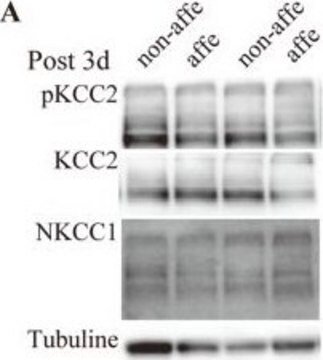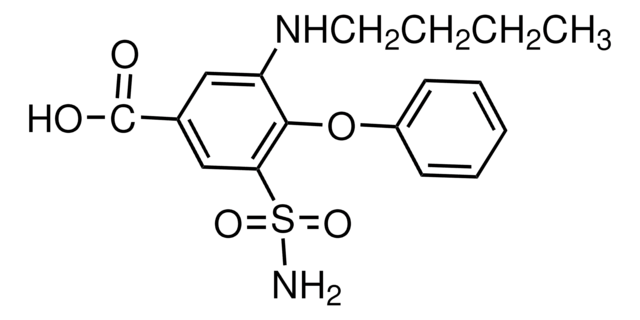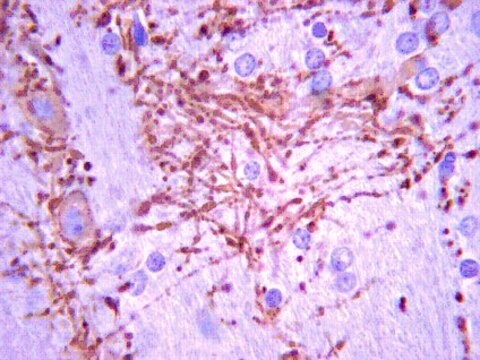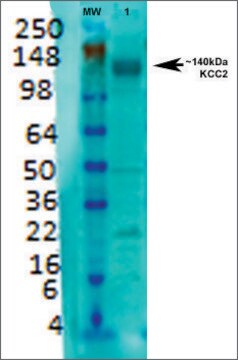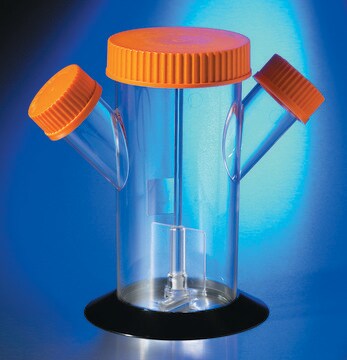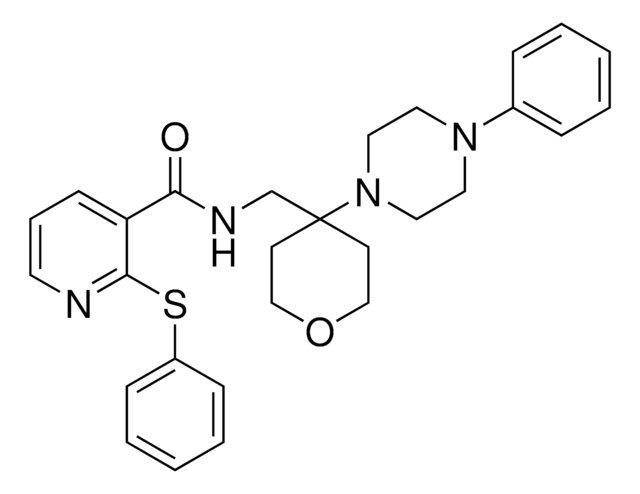C2366
Anti-K+/Cl- Cotransporter (KCC2) antibody produced in rabbit
IgG fraction of antiserum, buffered aqueous solution
Synonim(y):
Anti-DEE34, Anti-EIEE34, Anti-EIG14, Anti-KCC2, Anti-hKCC2
About This Item
Polecane produkty
pochodzenie biologiczne
rabbit
Poziom jakości
białko sprzężone
unconjugated
forma przeciwciała
IgG fraction of antiserum
rodzaj przeciwciała
primary antibodies
klon
polyclonal
Formularz
buffered aqueous solution
reaktywność gatunkowa
canine, rat
metody
western blot: 0.5-2.0 μg/mL using rat brain membrane preparation
numer dostępu UniProt
Warunki transportu
dry ice
temp. przechowywania
−20°C
docelowa modyfikacja potranslacyjna
unmodified
informacje o genach
rat ... Slc12a5(171373)
Opis ogólny
The cation-chloride cotransporters (CCCs) are glycoproteins involved in transport of ions, including chloride, across the cell membrane without an accompanying net charge movement; thus this type of transport is driven without the direct hydrolysis of ATP. The energy for the transport is derived from the cation gradient generated by the Na+/K+/ATPase. The CCCs also play a critical role in influencing GABA- and glycine-mediated signaling. Other transporters that participate in chloride homeostasis include Na+-dependent and Na+-independent anion exchangers, which exchange chloride for HCO3- ions
Three cotransporters belonging to this family include sodiumchloride( Na+/Cl-/ ) cotransporters (NCCs), sodiumpotassium-chloride (Na+/K+/2Cl-) cotransporters (NKCCs) and potassium-chloride (K+/Cl-) cotransporters (KCCs). K+/Cl- cotransporter (KCC2) is the major neuronal chloride transporter. It has been proposed to play a role in the modulation of neuronal responses to γ-aminobutyric acid (GABA). GABA-mediated fasthyperpolarizing inhibition depends on extrusion of chloride by KCC2 In conditions of neuronal damage, where neuronal excitability is increased, and in spinal cord in models of neuropathic pain, the expression of the KCC2 transporter is decreased
Specyficzność
Immunogen
Zastosowanie
Immunocytochemistry (1 paper)
Opis wartości docelowych
Oświadczenie o zrzeczeniu się odpowiedzialności
Nie możesz znaleźć właściwego produktu?
Wypróbuj nasz Narzędzie selektora produktów.
Kod klasy składowania
10 - Combustible liquids
Klasa zagrożenia wodnego (WGK)
WGK 1
Środki ochrony indywidualnej
Eyeshields, Gloves, multi-purpose combination respirator cartridge (US)
Wybierz jedną z najnowszych wersji:
Masz już ten produkt?
Dokumenty związane z niedawno zakupionymi produktami zostały zamieszczone w Bibliotece dokumentów.
Nasz zespół naukowców ma doświadczenie we wszystkich obszarach badań, w tym w naukach przyrodniczych, materiałoznawstwie, syntezie chemicznej, chromatografii, analityce i wielu innych dziedzinach.
Skontaktuj się z zespołem ds. pomocy technicznej